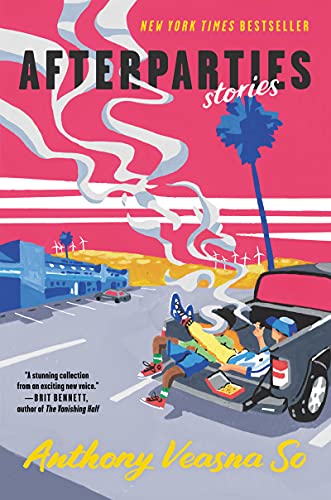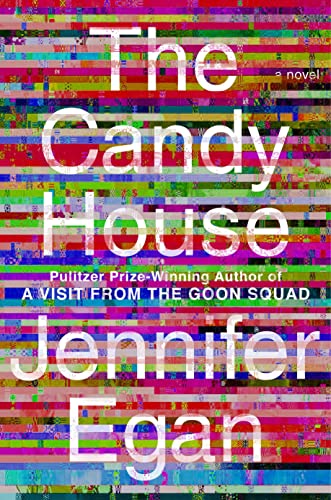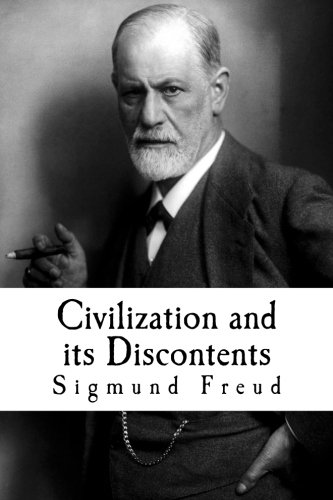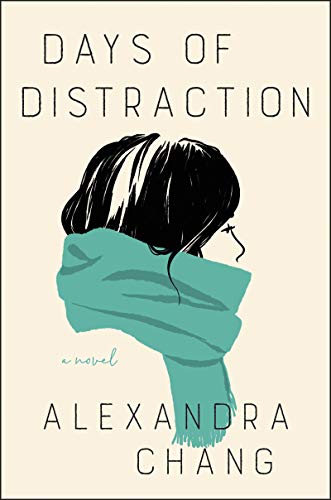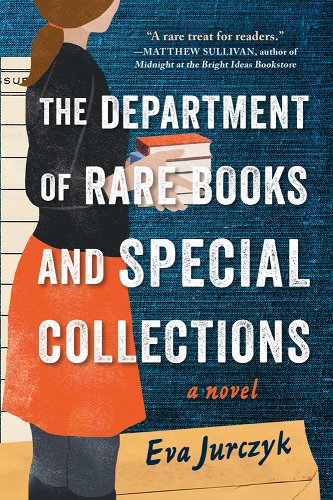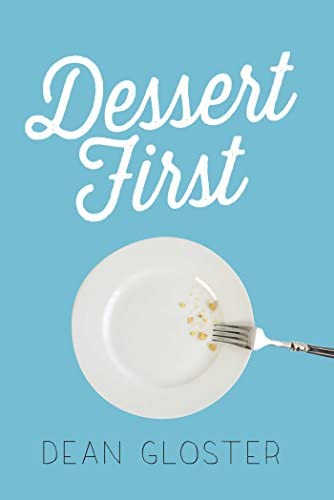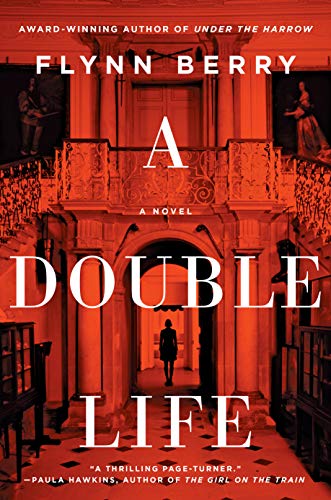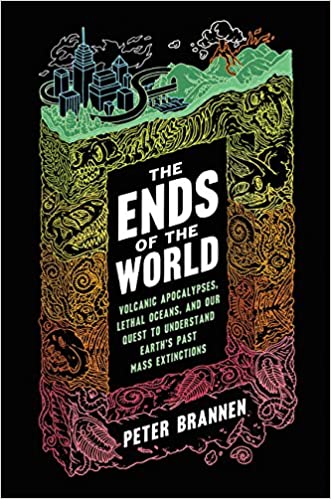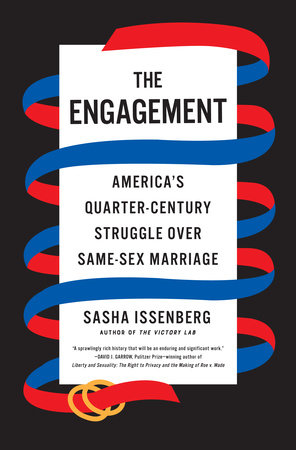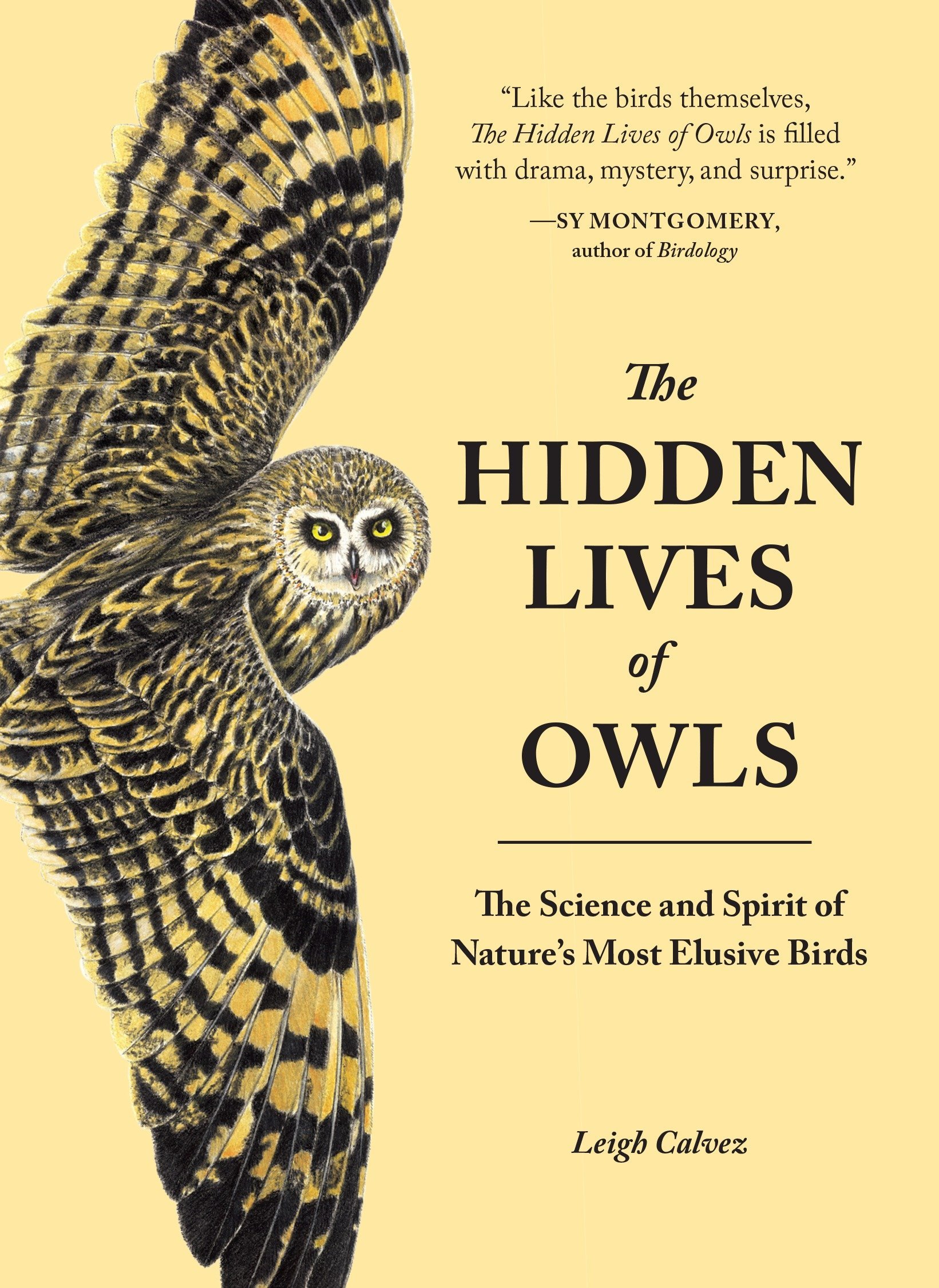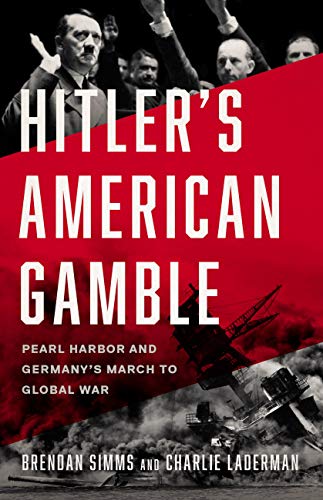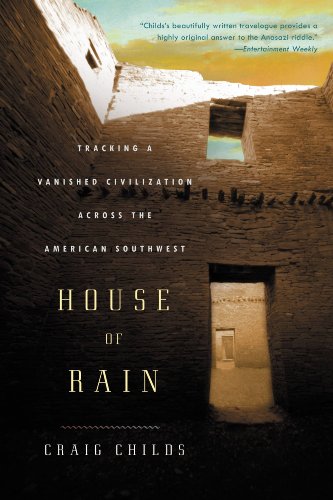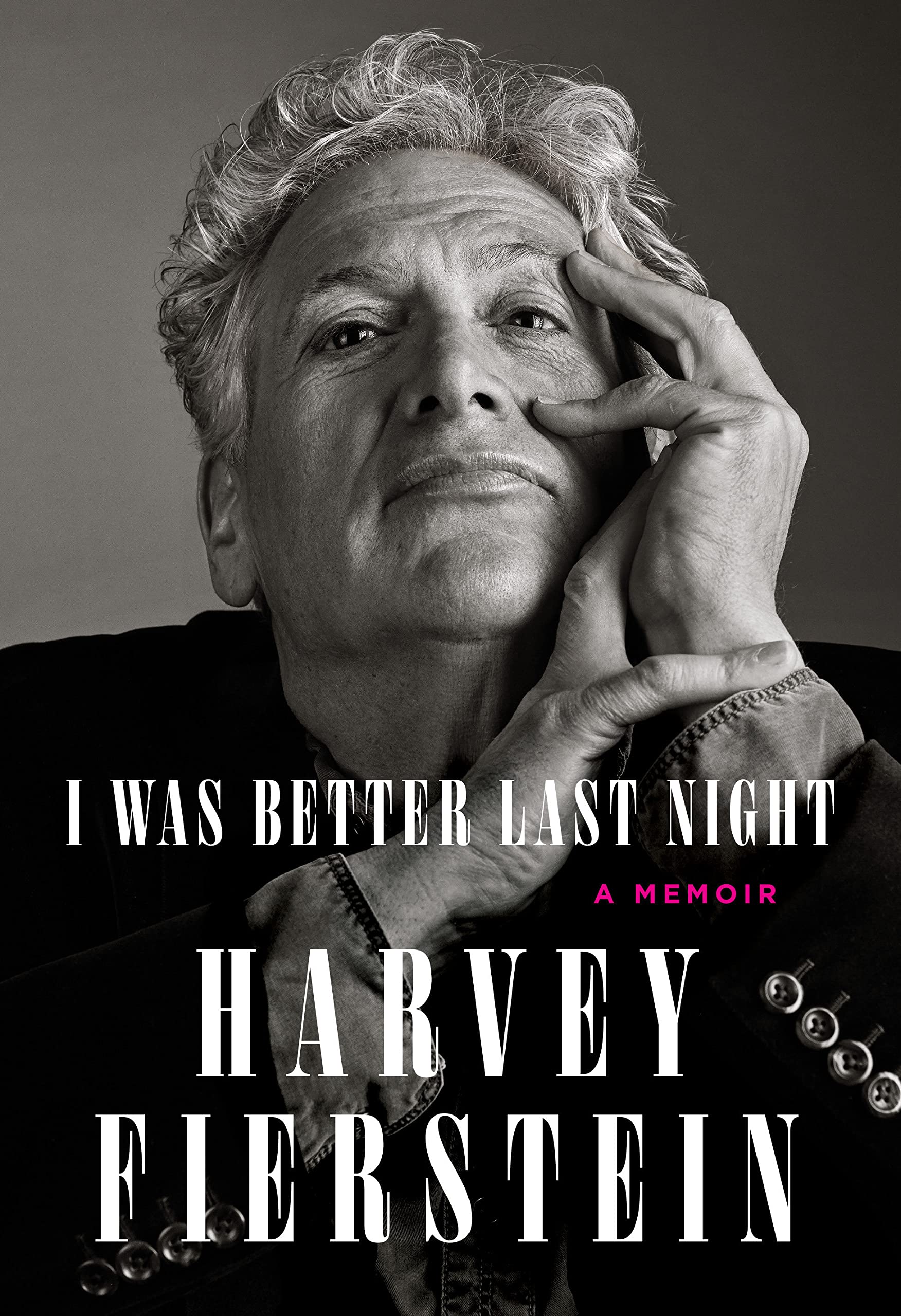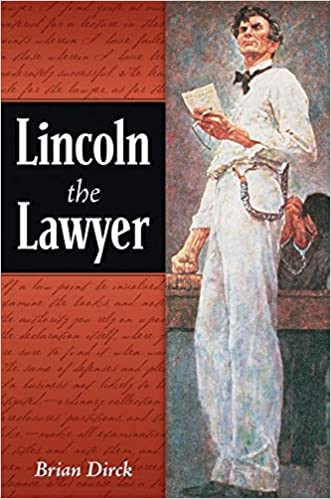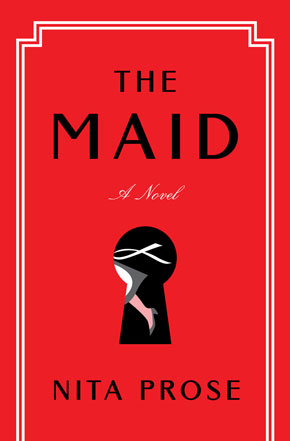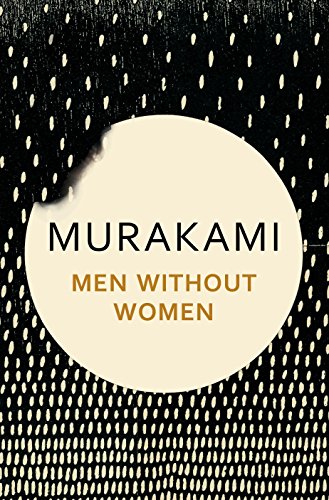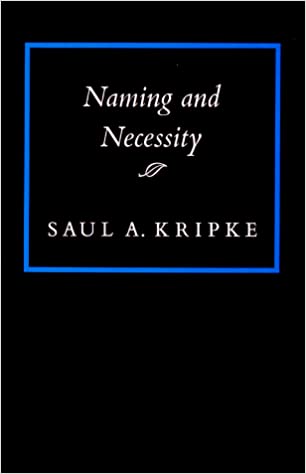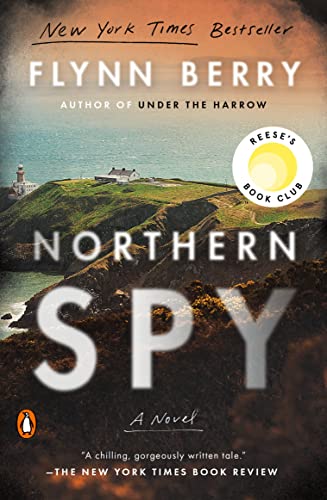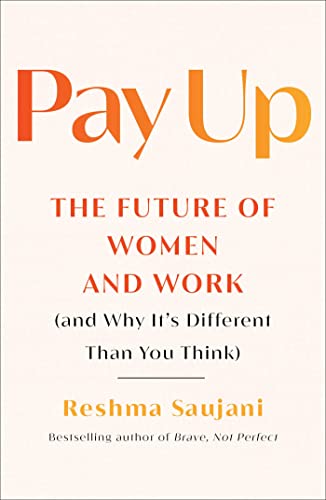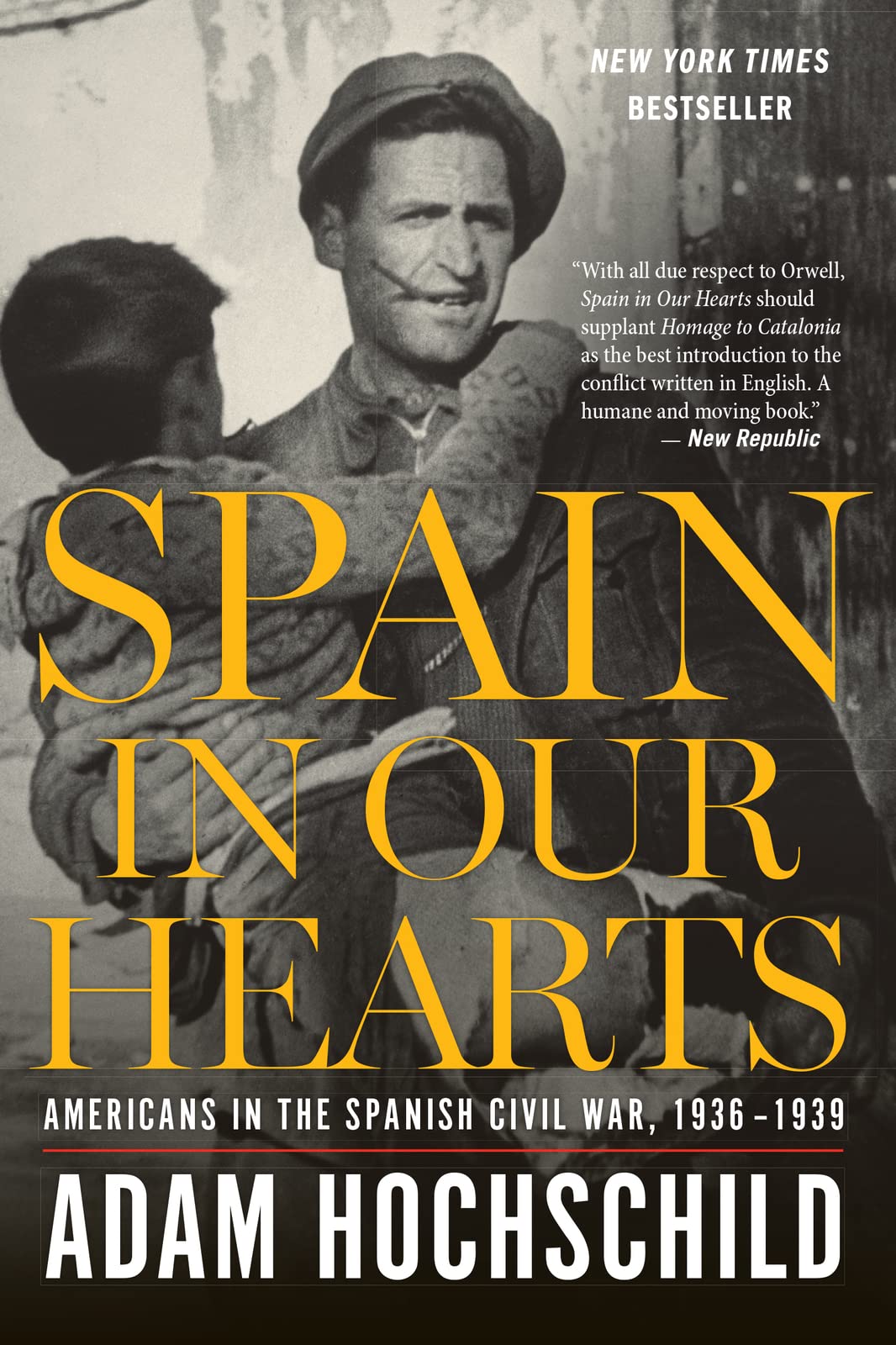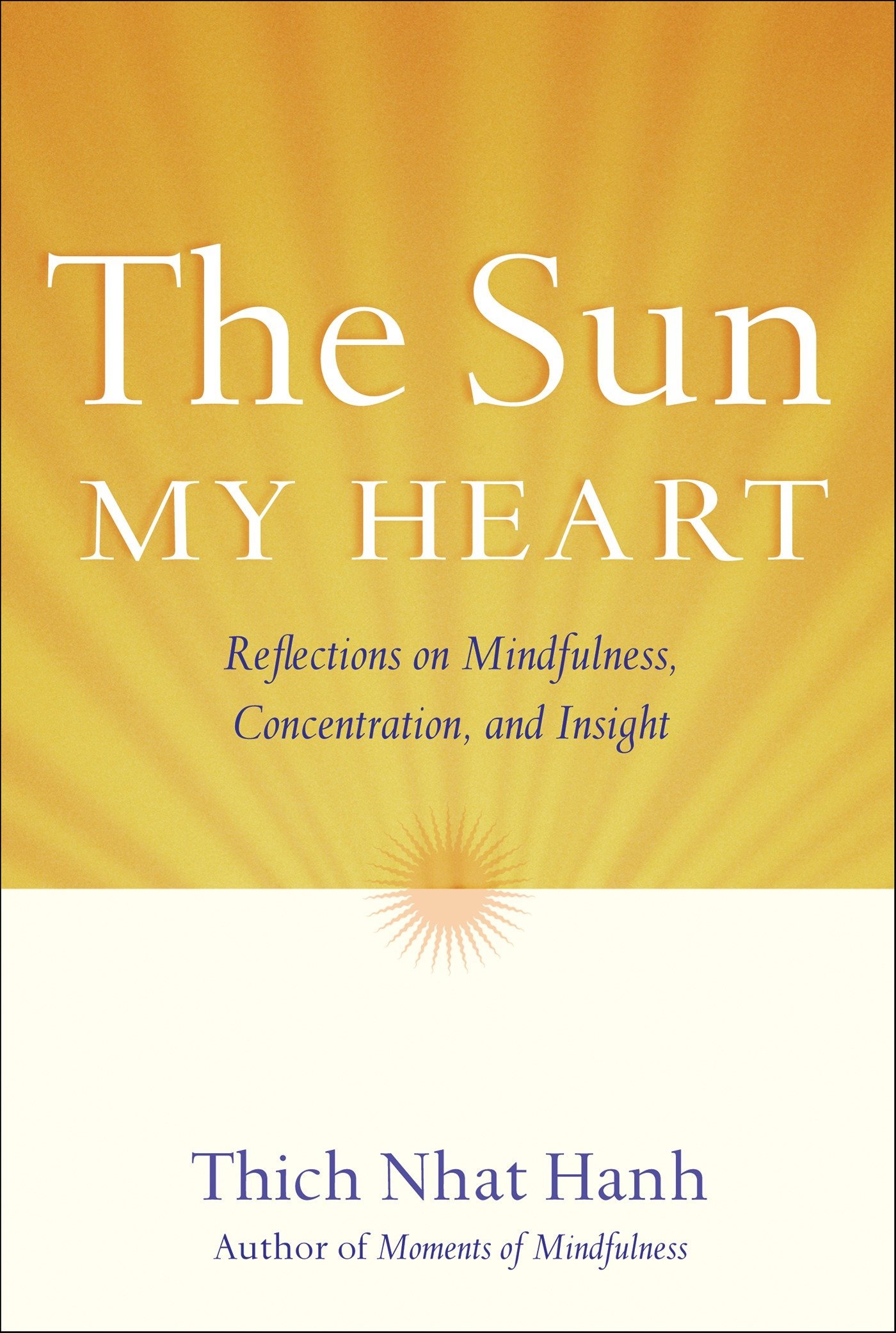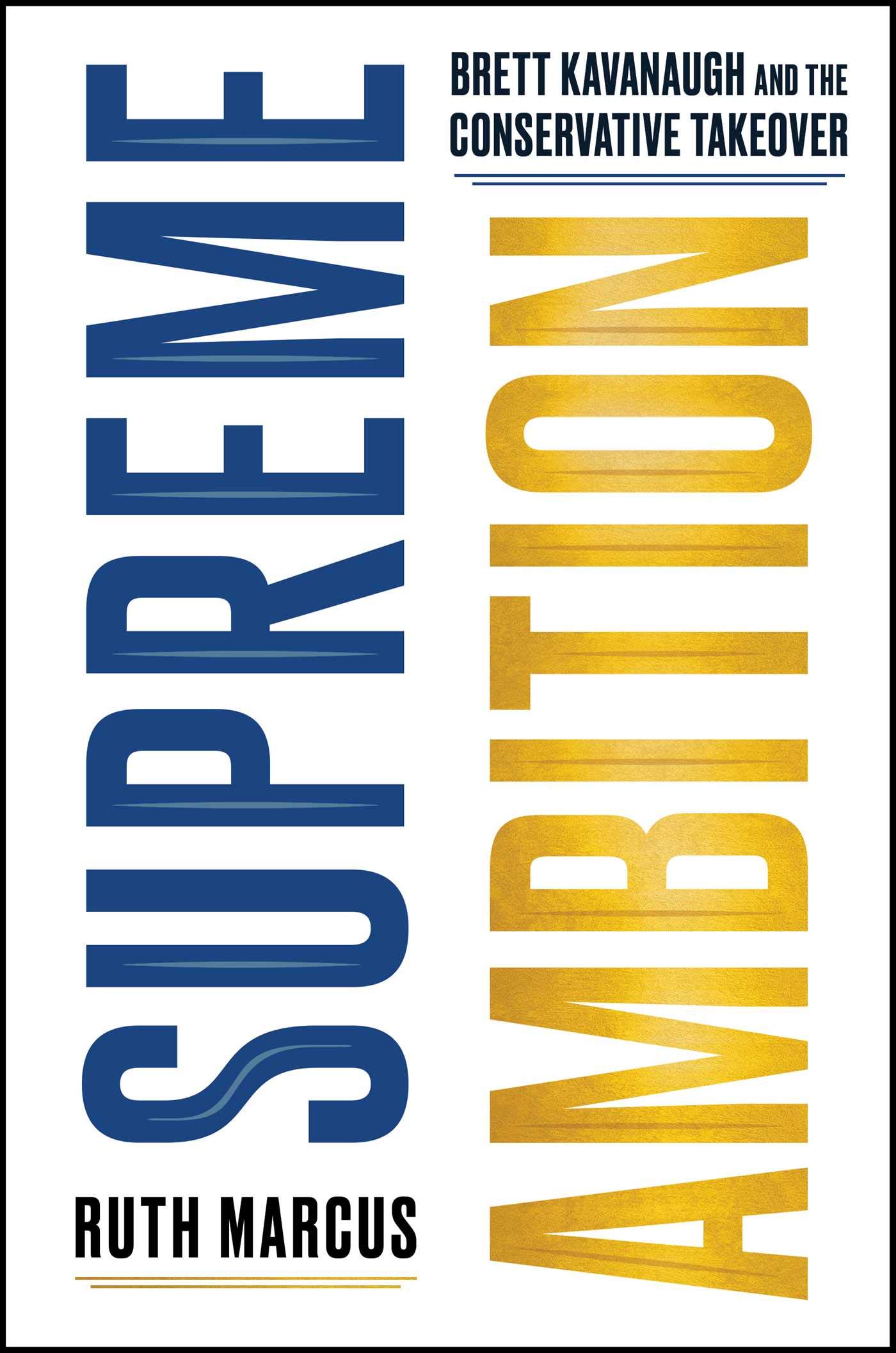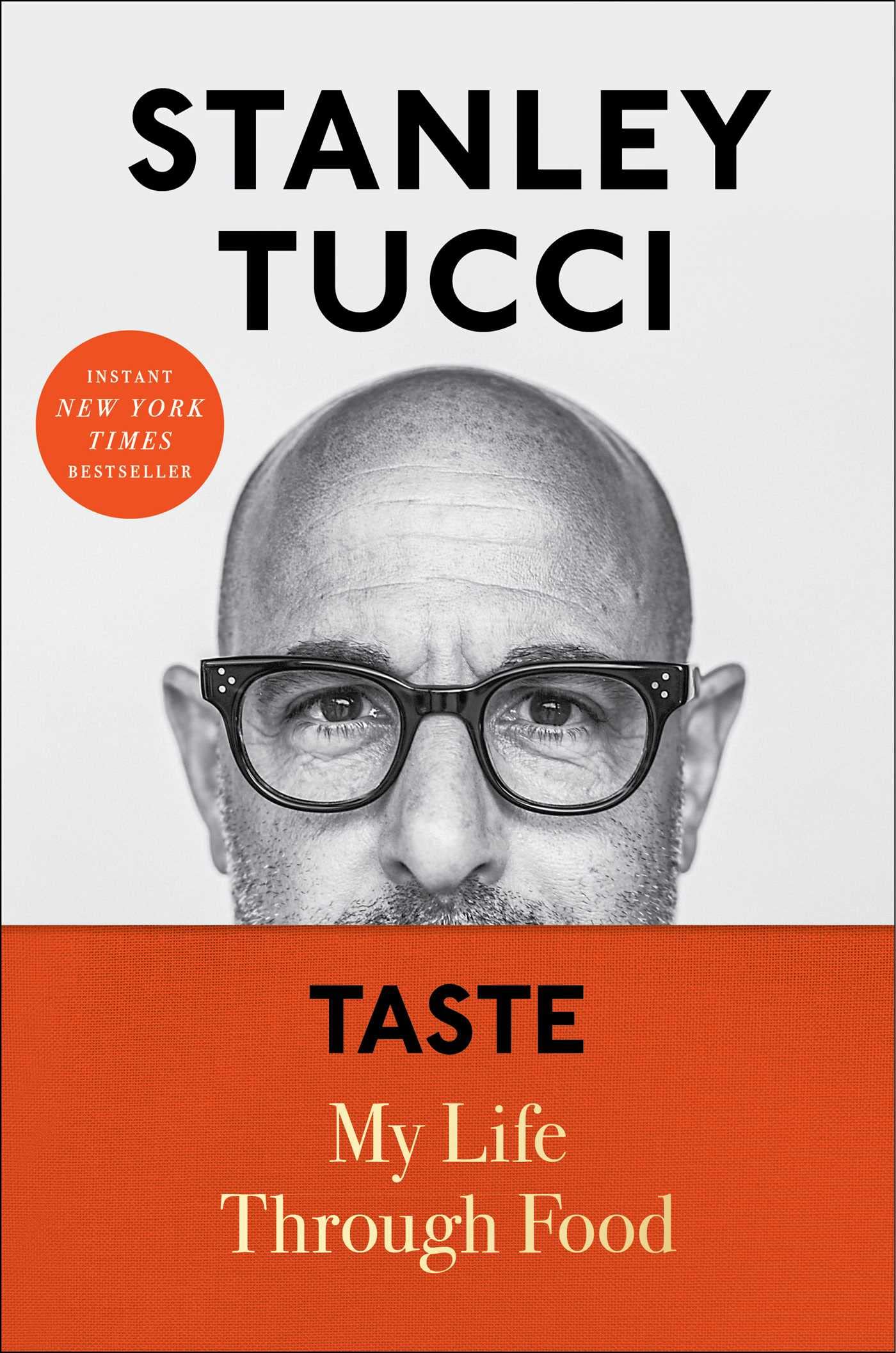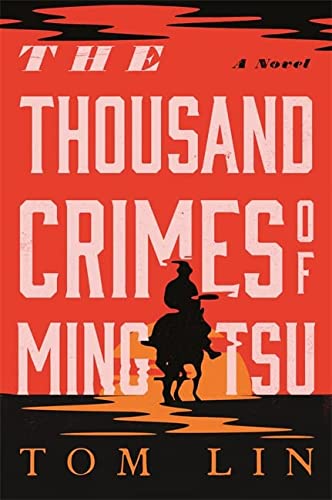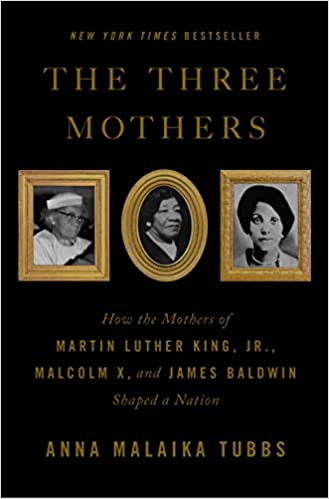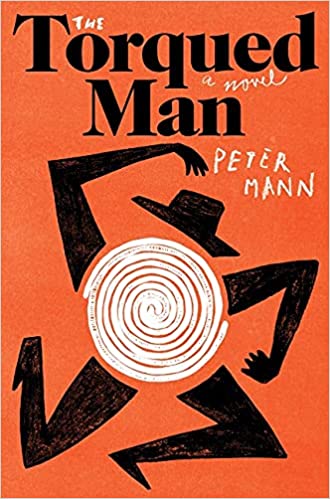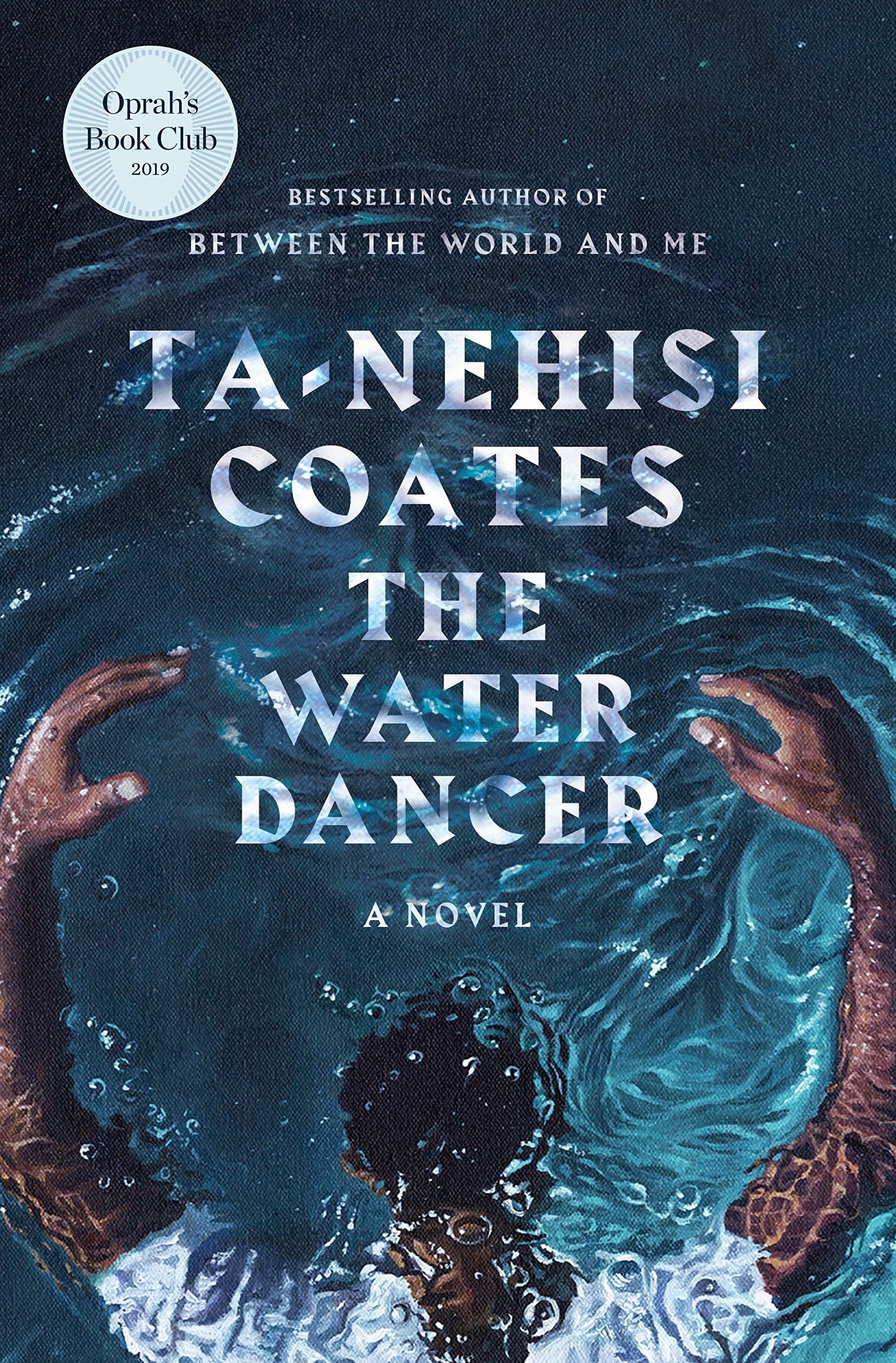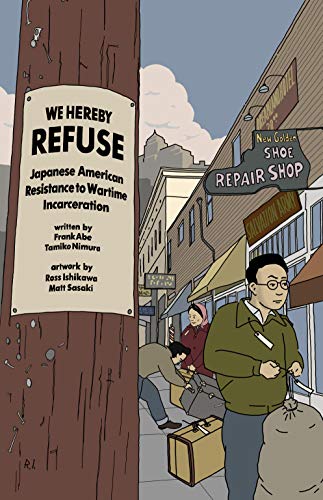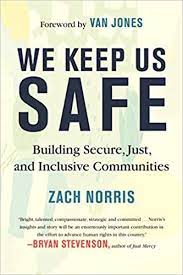House of Rain: Tracking a Vanished Civilization Across the American Southwest by Craig Childs
Malcolm Feeley, Claire Sanders Clements Dean's Professor of Law, Emeritus
Over the past few years I have read several of Childs' books--The Way Out, Soul of Nowhere, The Secret Knowledge of Water, and Atlas of a Lost World, almost all purchased at the Back and Beyond Bookstore in Moab, Utah. All are wonderful, but The House of Rain stands out. Childs grew up in and knows the southwest inside out, he has an awe of nature, and is a keen reader of anthropology and archeology. All these interests are brought together in The House of Rain.
I have been paddling the Green River canyons in Utah for forty years, and one of the great unknowns is the near-instant disappearance of the Anasazi culture along the river bottoms about eight hundred years ago. Childs addresses this mystery, and places it in a broader context, both historically and geographically. Drawing on the reports of modern archeology (carbon dating, pottery shard and basket work designs, stone tools) as well as photographs from space, and long-distance treks), he locates the Anasazi as part of one huge culture of canyon dwellers that spanned what is now Utah, Colorado, Arizona, New Mexico, and Northern Mexico, whose separate units would expand and contract with shifts in the climate, concentrating on higher plateaus and the canyons flowing off them them in times of drought, and fanning out across the lower desert regions during wetter periods. In reconstructing this pattern, he describes ancient Roman-like road---straight lines hundreds of miles long linking various settlement sites, lookout points on mesas that allowed communication across vast distances, and astronomical sites that recorded specific times of the year. with stop-watch precision. He reports that cities were build and rebuilt on top of each other over hundreds of years, and reflects on the travel patterns of traders---sea shells from the Pacific, and flint from the north. In short, he presents a highly mobile culture which was in a continuous state of flux depending on weather patterns. The Anasazi did not disappear; they were part of a larger culture that just kept moving about. On my paddle down the Green River this past October, as I passed a family in a canoe, I pointed out a high cliff dwelling to their eight year old boy. I said, "look at the Anasazi cliff dwelling up there." Without a pause, he responded, "there were no Anasazi, just a great group of 'Southwestern desert peoples' who moved in and out of here." I acknowledged my carelessness, and congratulated his parents. They too apparently had read The House of Rain--and had taken their son out of school for experiential education.
Over the past few years I've also been reading some of the writings of Maimonides. When I started I thought of him as the supreme rationalist, and wondered if he were not even a secret atheist (I'm too influenced by Leo Strauss, perhaps), but as I read Maimonides, I found that his rationalism led him to mysticism, a confrontation with the unimaginable and inexpressible, the origins and size of the universe, which overwhelmed him, and left him near-wordless. The House of Rain conveys this same deep respect for scientific explanation, combined with yearning, awe, and wonder, thus providing, or at least attempting to provide, an account of the inexplicable and a glimpse of the infinite.

